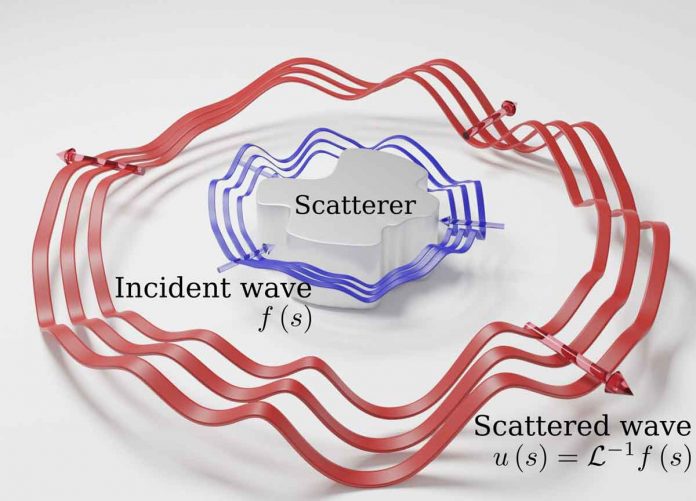Computers are an indispensable part of our daily lives. Computers that can work faster, solve complex problems more efficiently leave smaller environmental footprints by minimizing the required energy for computation is increasingly urgent. Recent progress in photonics has shown that it’s possible to achieve more efficient computing through optical devices.
The devices use interactions between metamaterials and light waves to apply mathematical operations of interest on the input signals. They also solve complex mathematical problems. But such computers have required a large footprint and precise, large-area fabrication of the components. But these all are difficult to scale into more complex networks.
A study has been published in Physical Review Letters by Advanced Science Research Center at the CUNY Graduate Center researchers. The study details a breakthrough discovery in nanomaterials and light-wave interactions. It paves the way for development of small, low-energy optical computers capable of advanced computing.
Andrea Alù, founding director of the CUNY ASRC’s Photonics Initiative and Einstein Professor of Physics at the Graduate Center, said that the increasing energy demands of large data centers and inefficiencies in current computing architectures have become a real challenge for our society. The recent study demonstrates that it’s possible to design a nanoscale object.
This can efficiently interact with light to solve complex mathematical problems with unprecedented speeds and nearly zero energy demands. CUNY ASRC researchers designed a nanoscale object made of silicon. It was interrogated with light waves carrying an arbitrary input signal. It was able to encode the corresponding solution of a complex mathematical problem into the scattered light. The solution is calculated at the speed of light with minimal energy consumption.

